Carpenter bees can cause significant damage to wooden structures in and around our homes. For many, managing these industrious insects while maintaining an eco-friendly approach is challenging. Thankfully, carpenter bee traps have emerged as a solution that simultaneously protects our homes and respects our environment. In this blog, we’ll delve into everything you need to know about these innovative traps.
Understanding the Carpenter Bee
Carpenter bees have impressive drilling abilities that can wreak havoc on wooden structures. As solitary insects, carpenter bees excavate tunnels into wood to create nesting sites for their offspring. Over time, these tunnels can compromise the wood’s structural integrity, especially when multiple generations opt to reuse existing tunnels. This behavior underscores the need for effective strategies that manage the carpenter bee populations around our homes.
How Carpenter Bee Traps Work
The design of a typical carpenter bee trap is deceptively simple yet highly effective. These traps mimic the appearance and smell of the perfect nesting spot, typically using untreated wood as a lure. The bees enter a pre-drilled hole thinking they have found a prime location to nest. However, once inside, the bees become trapped in a container or Bee Vault. This container usually has small holes that allow air in but prevent the bees from escaping, effectively controlling the population around your home.
A critical component of bee traps is their ability to function without using harmful chemicals. This design preserves the surrounding ecosystem by capturing the bees alive, allowing for potential relocation or safe disposal.
The Eco-Friendly Benefits of Using Traps
In an era increasingly concerned with environmental sustainability, the carpenter bee trap stands out as an exemplary tool. By utilizing mechanical trapping methods rather than chemical solutions, these traps mitigate the risk of polluting local environments. This is crucial, as pesticides can lead to unintended consequences such as killing beneficial insects and contaminating soil and water sources. The mechanical nature of these traps ensures that only carpenter bees, the intended targets, are captured, leaving other pollinators like honeybees and butterflies unharmed.
Moreover, deploying bee traps can be part of a broader effort to promote biodiversity around your home. Many homeowners find that by using traps and letting nature take its course, they encourage an increase in plant diversity. If you’re interested in enhancing your home’s safety and eco-friendliness, consider checking out the Ultimate Pro Carpenter Bee Trap – it could be just what you need to manage those pesky carpenter bees!
Installing and Maintaining Your Carpenter Bee Trap
Installing a carpenter bee trap doesn’t require professional skills. Place these traps in strategic locations around your property, especially near eaves, wooden fences, and garden furniture, where carpenter bees are likely to nest. Early spring is the optimal time to install them, as this is when the bees emerge and begin their nesting activities. Once installed, these traps require minimal upkeep. It is essential, however, to routinely check and empty them when full - to ensure they remain effective throughout the season.
While regular maintenance is necessary, the process is simple and quick. During active seasons, consider checking them at least once a week. This schedule is also a great opportunity to inspect the traps and ensure they aren’t at risk of overflow or have been compromised by weather conditions. Keeping an eye on your traps not only helps in maintaining them but also provides valuable insight into the activity levels and population trends of carpenter bees on your property.
Additional Preventive Measures to Protect Your Home
To fortify your home and provide a more comprehensive approach to carpenter bee management, consider combining traps with other preventive measures. Sealing wood surfaces with paint or varnish can serve as a deterrent, as carpenter bees prefer untreated wood. Conducting regular inspections of your property and repairing any holes or cracks in wooden surfaces can also prevent bees from returning. These strategies not only help prevent damage but also enhance the aesthetic appeal of your home.
To take a more encompassing approach to managing carpenter bees, consider adding Bee-Licious Bee Bait to your strategy. This natural bait is highly effective at drawing carpenter bees away from your wood and into traps. Utilizing its irresistible scent, the bait reliably attracts these bees, ensuring they are lured into traps and kept from damaging wooden structures.
By incorporating this bait with your carpenter bee traps, you can significantly increase your success in controlling the carpenter bee population around your home. The use of a safe, non-toxic attractant means you can keep your eco-friendly initiative intact while also making your home a less appealing target for carpenter bees. It’s like giving your traps a little something extra to work with!
Embracing Carpenter Bee Traps for a Safer, Greener Home
Carpenter bee traps offer an effective, eco-friendly way to safeguard our homes from potential wood damage while preserving the essential roles bees play in our ecosystem. By understanding how these traps work and incorporating additional preventive measures, homeowners can enjoy a safer and more environmentally harmonious living space. For more information on how these innovative traps can protect your home, check out Best Bee Brothers for all your carpenter bee trap needs!
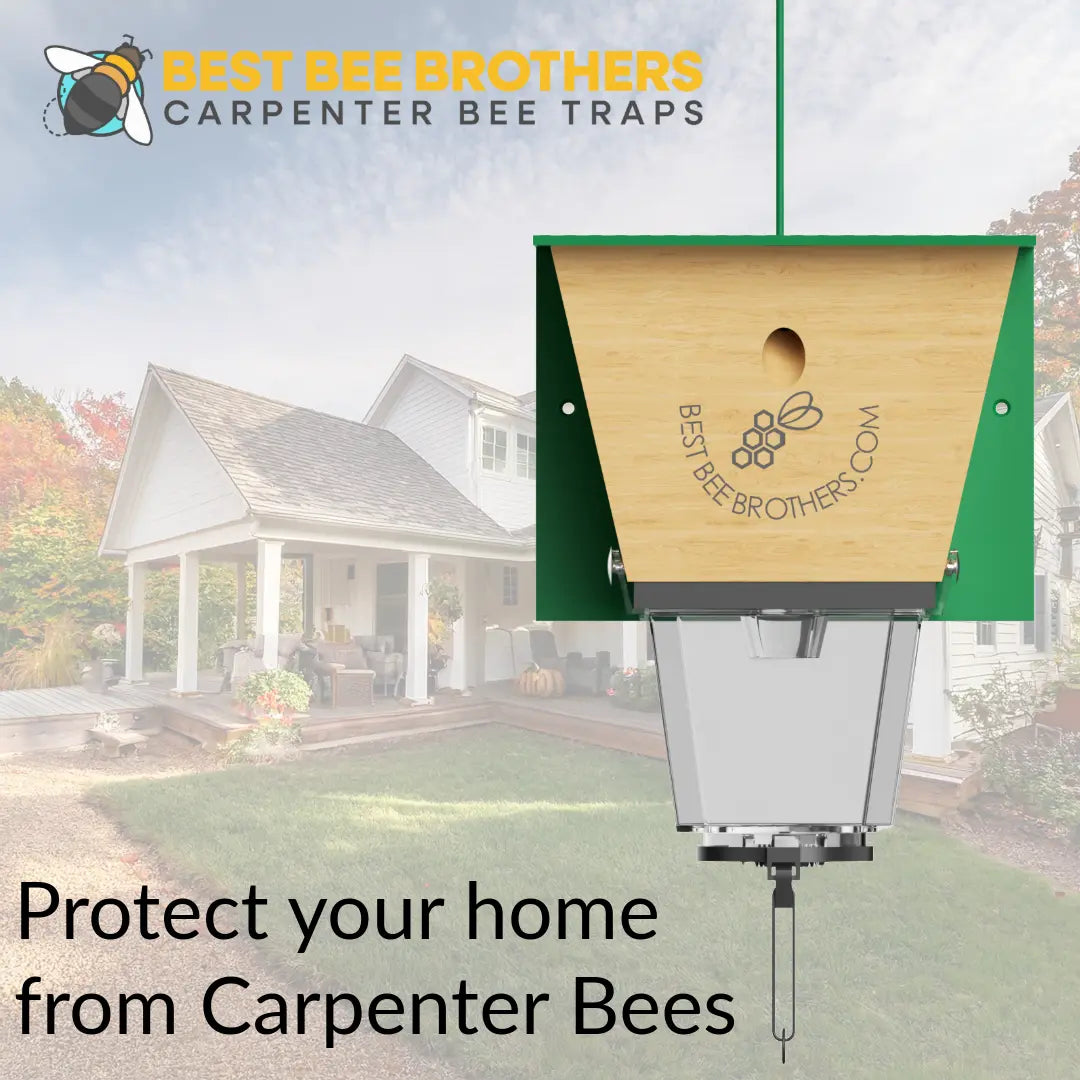
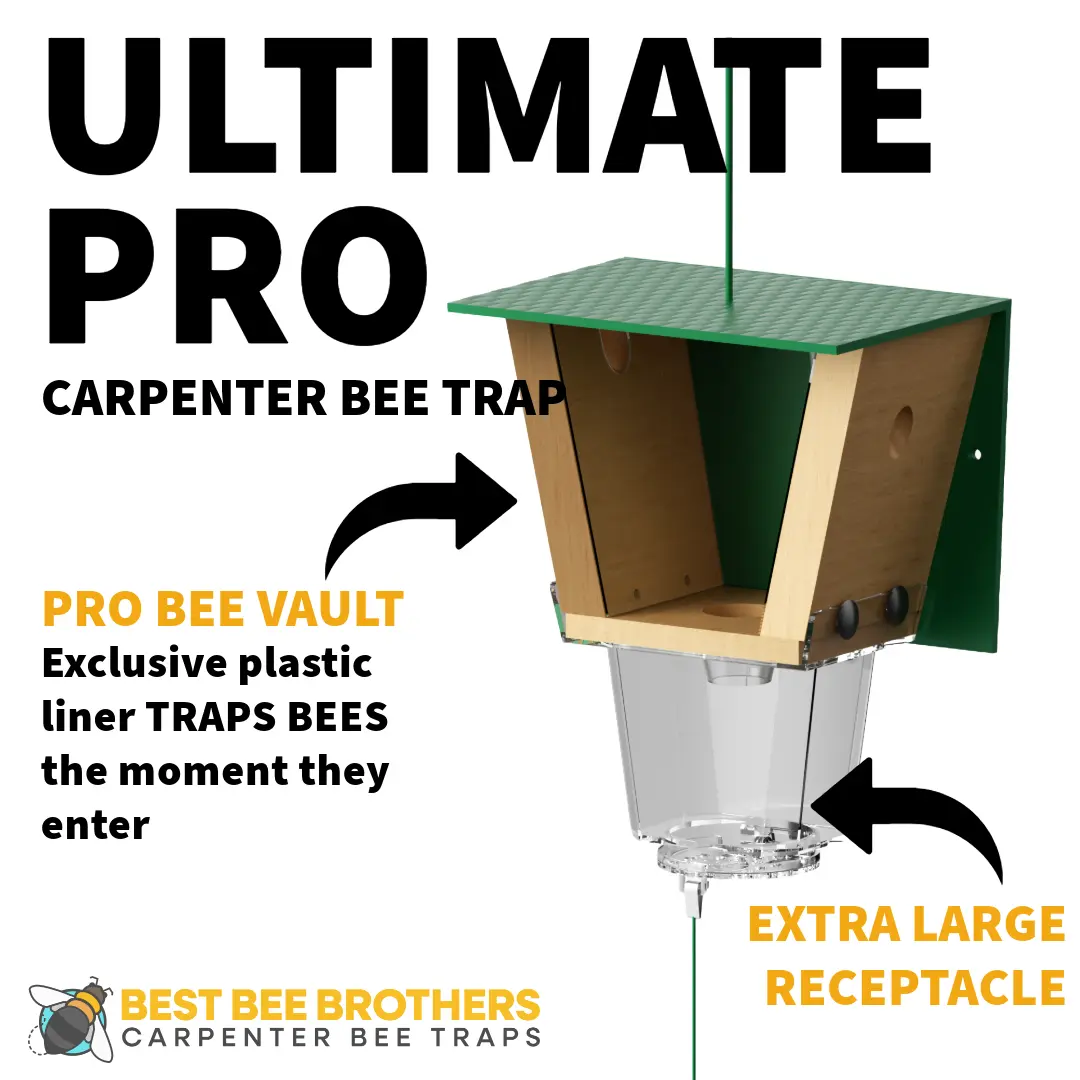
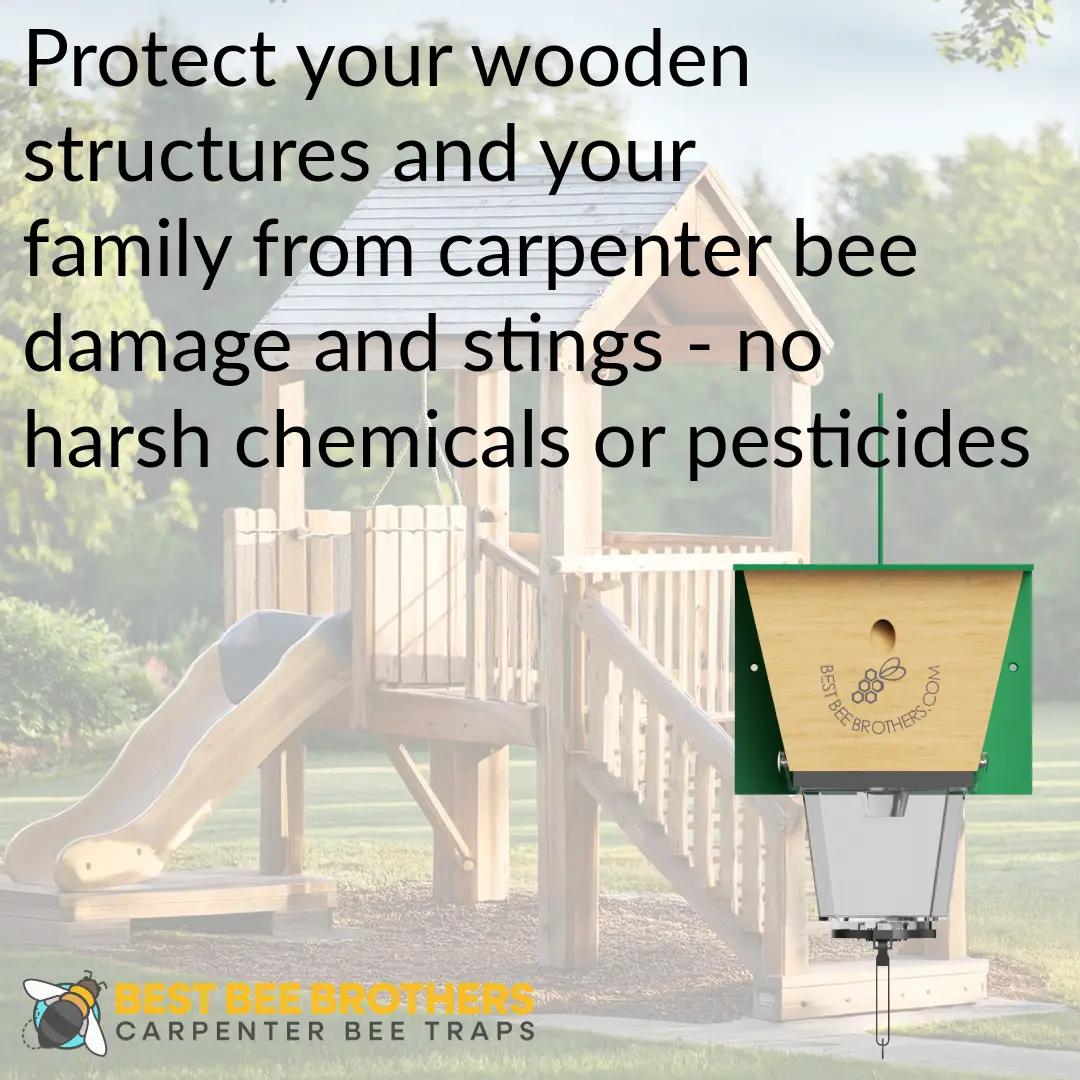
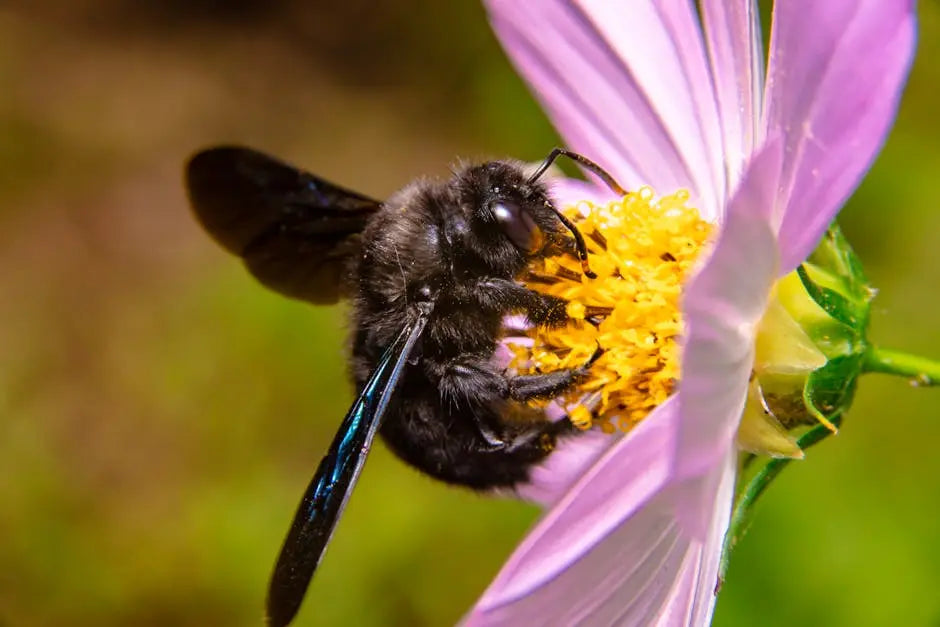
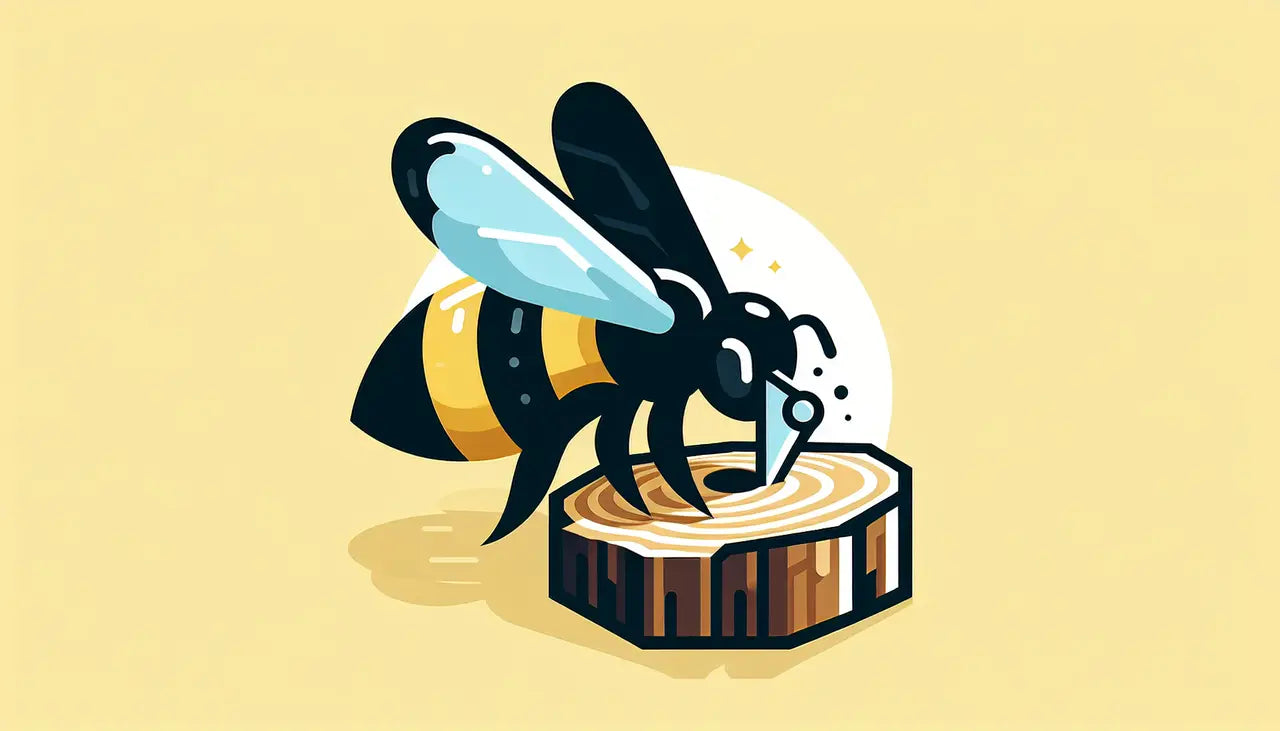
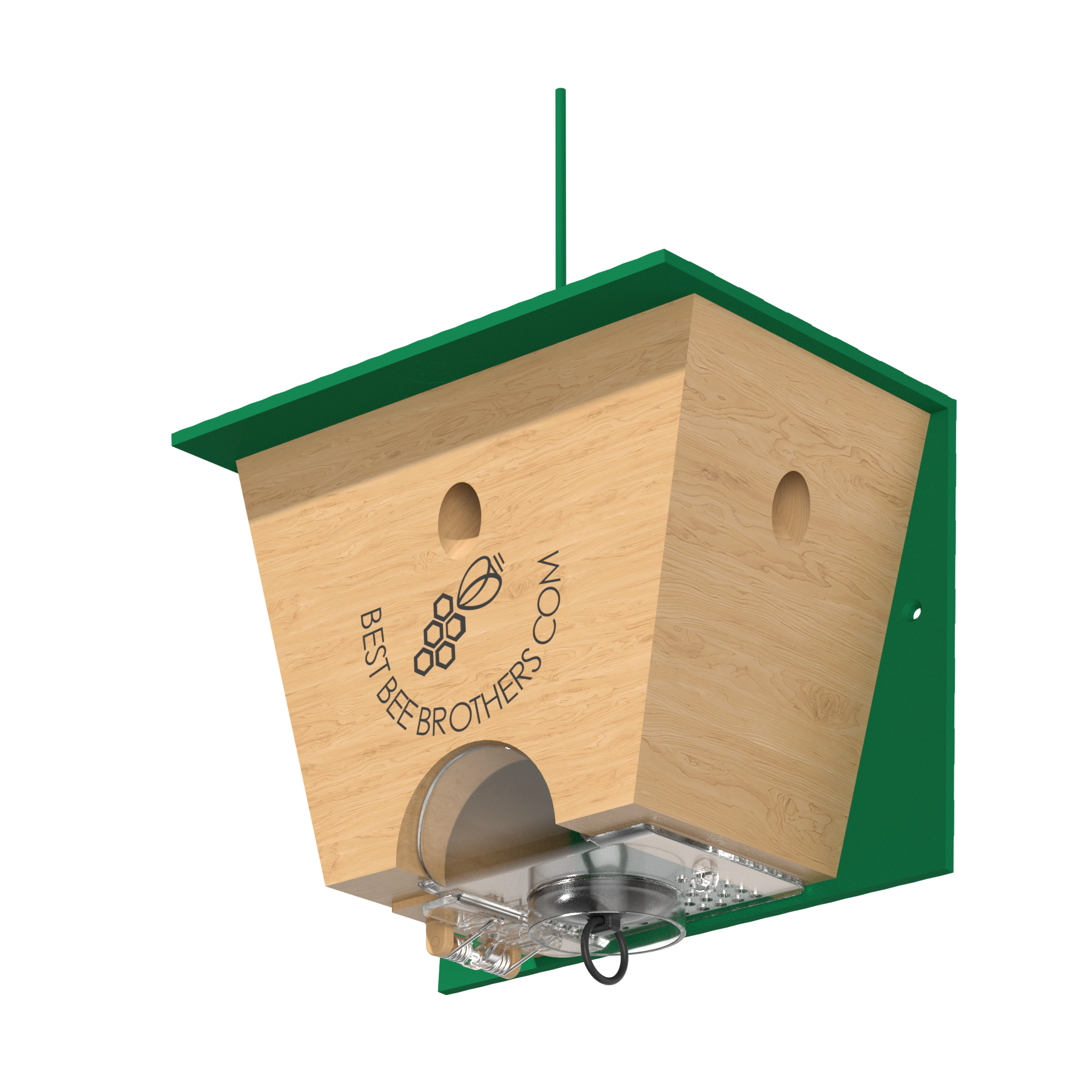
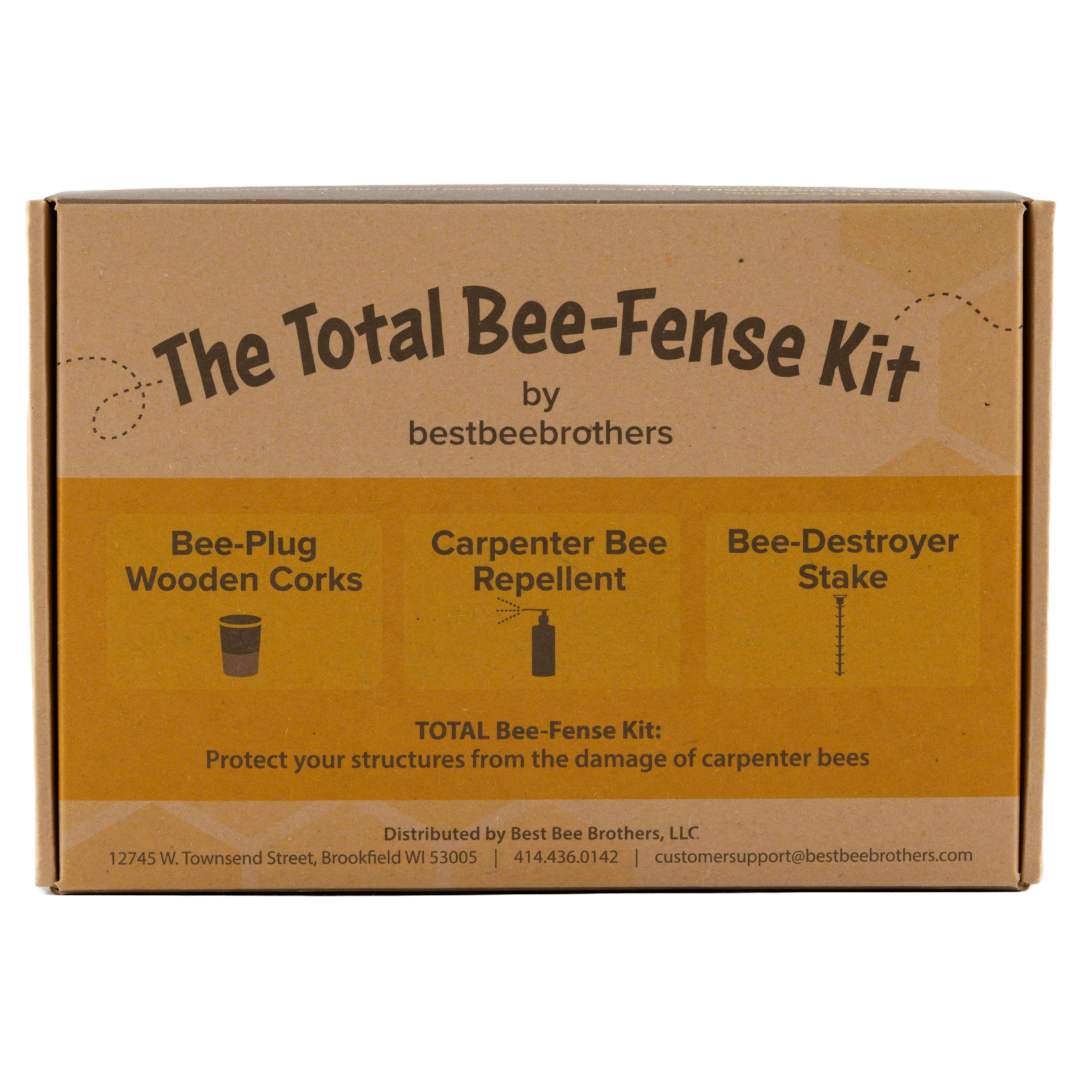




Leave a comment
All comments are moderated before being published.
This site is protected by hCaptcha and the hCaptcha Privacy Policy and Terms of Service apply.